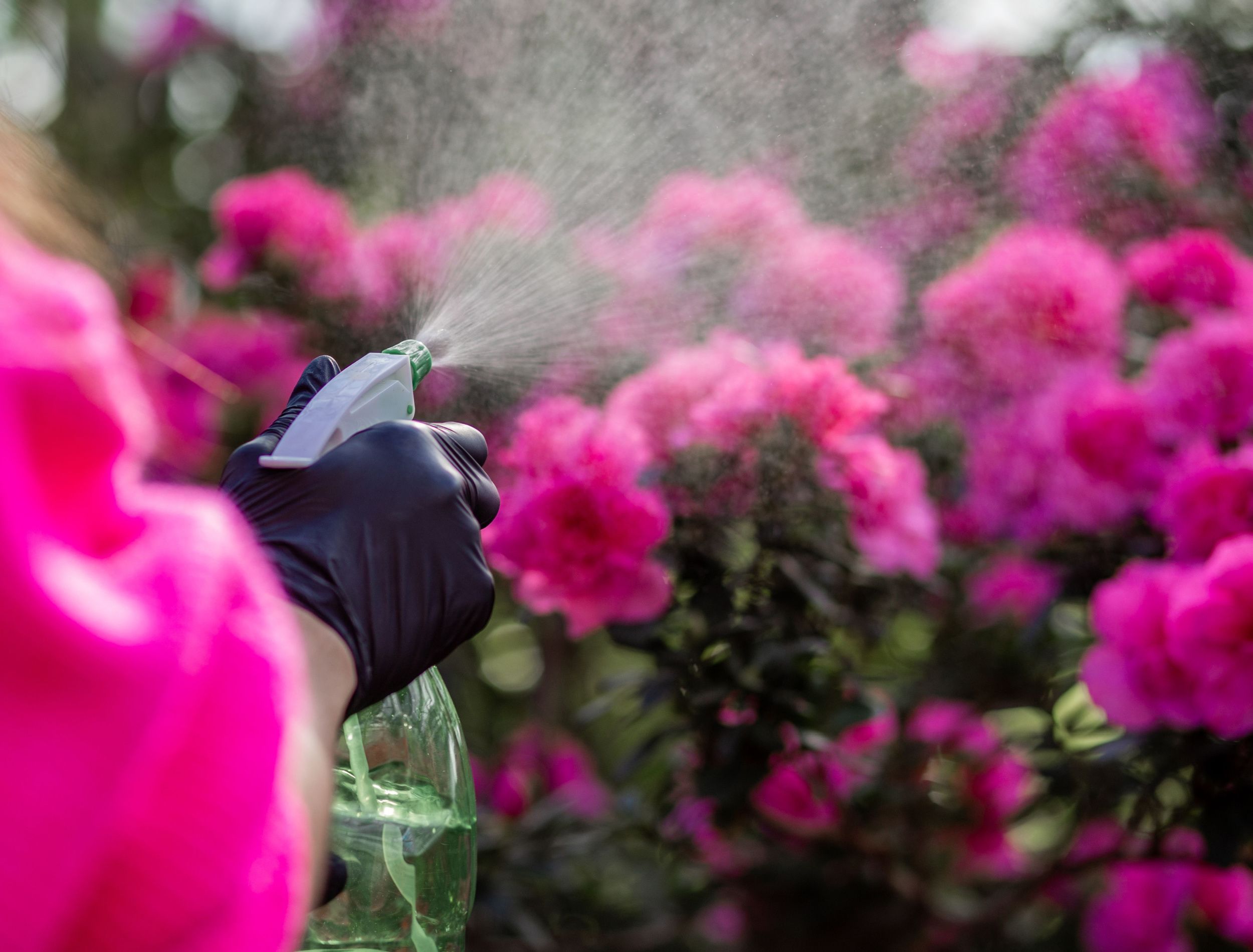Learn More About the Details Plants That Are Negatively Affected by Epsom Salt Application
Epsom salt, a prominent family solution for numerous horticulture troubles, is frequently applauded for its useful impacts on plant development. Comprehending the certain plants that can be detrimentally influenced by Epsom salt is vital for any kind of garden enthusiast looking to enhance their plant care routine.
Roses

Roses, specifically conscious changes in their setting, can be adversely affected by the application of Epsom salt. While Epsom salt is typically used as a fertilizer to promote plant development and improve flowering, roses are just one of the plants that do not react well to its application. The high magnesium material in Epsom salt can hinder the uptake of various other crucial nutrients by the rose plants, causing deficiencies that materialize as yellowing leaves or stunted development.

Tomatoes
Tomatoes, understood for their adaptability in cooking applications, can display adverse effects when subjected to Epsom salt due to their details nutrient demands. While Epsom salt is commonly touted as a treatment for different plant issues, consisting of bloom end rot in tomatoes, its application can lead to damaging outcomes otherwise used carefully. Tomatoes are heavy feeders that call for a balanced consumption of nutrients, especially calcium, to prosper. Too much Epsom salt, which is magnesium sulfate, can disrupt the delicate nutrient equilibrium needed by tomatoes, possibly resulting in shortages in other important nutrients like calcium. This imbalance may materialize in signs such as stunted development, yellowing fallen leaves, or perhaps lowered fruit production in tomatoes. As a result, when thinking about using Epsom salt on tomatoes, it is crucial to stick to advised application prices and dirt screening to prevent unintended effects on the general health and wellness and performance of these beloved garden plants.
Peppers
Peppers, respected for their different colors and degrees of spiciness, can show sensitivity to unfavorable influences from Epsom salt when not used with care and consideration for their certain nutritional demands. what plants don't like epsom salt. Peppers, coming from the Solanaceae household, require a delicate balance of nutrients to prosper. While Epsom salt is known to enhance magnesium levels in plants, too much application can interrupt this equilibrium, bring about unfavorable impacts on pepper plants
When peppers are exposed to high levels of magnesium from Epsom salt, it can hinder the plant's capacity to soak up other necessary nutrients like calcium and potassium. This imbalance might manifest in symptoms such as fallen leave discoloration, stunted development, and lowered fruit production. Furthermore, the excessive magnesium can change the dirt pH, further exacerbating nutrient uptake issues for peppers.

Rhododendrons
Provided the sensitivity of specific plant types to inequalities caused by Epsom salt, it is vital to think about the effect basics on Rhododendrons, which likewise call for particular nutrient degrees to prosper. Rhododendrons are acid-loving plants that favor acidic dirt conditions with a pH range in between 4.5 and 6.0. Epsom salt, chemically referred to as magnesium sulfate, can modify the dirt pH and interfere with the delicate balance of nutrients necessary for Rhododendron wellness.

To preserve the ideal growth and health of Rhododendrons, it is crucial to prevent the indiscriminate usage of Epsom salt and rather focus on providing the details acidic dirt conditions and nutrients that these plants need for growing.
Azaleas
Azaleas, understood for their vivid blooms and wide series of colors, are ornamental bushes that belong to the Rhododendron category. These preferred flowering plants are frequently found in parks, yards, and landscapes due to their elegance and versatility. Azaleas are delicate to changes in dirt pH levels, which can substantially impact their development and overall wellness. While Epsom salt is typically made use of as a remedy for magnesium deficiency in plants, its application to azaleas can have damaging effects.
When Epsom salt is related to azaleas, it can modify the soil pH, making it a lot more acidic. Azaleas prefer somewhat acidic dirt problems, and an excess of magnesium from Epsom salt can interrupt this equilibrium, leading to nutrient imbalances and possible toxicity problems. The inaccurate application of Epsom salt can result in stunted development, yellowing of fallen leaves, and total decrease in the health of azaleas. As a result, it is crucial to be careful when thinking about the usage of Epsom salt on azaleas to avoid any adverse consequences on these delicate ornamental bushes.
Conclusion
In verdict, it is essential to be knowledgeable about the specific plants that i loved this can be detrimentally affected by the application of Epsom salt. Roses, tomatoes, peppers, azaleas, and rhododendrons are some examples of plants that may not profit from Epsom salt and could also endure harm. It is vital to study and recognize the needs of each plant types prior to making use of Epsom salt as a fertilizer to guarantee their wellness and well-being.
Comprehending the certain plants that can be adversely impacted by Epsom salt is crucial for any gardener looking to enhance their plant care routine. While Epsom salt is typically used as a fertilizer to advertise plant development and boost flowering, roses are one of the plants that do not respond well to its application.Extreme usage of Epsom salt can also result in an accumulation of salts in the dirt, leading to root damages and dehydration of the rose plants. While Epsom salt is understood to enhance magnesium levels in plants, excessive application can interrupt this stability, leading to unfavorable impacts on pepper plants.
The high salt web content in Epsom salt can additionally dehydrate Rhododendron roots, creating additional anxiety and damages to the plant. (what plants don't like epsom salt)